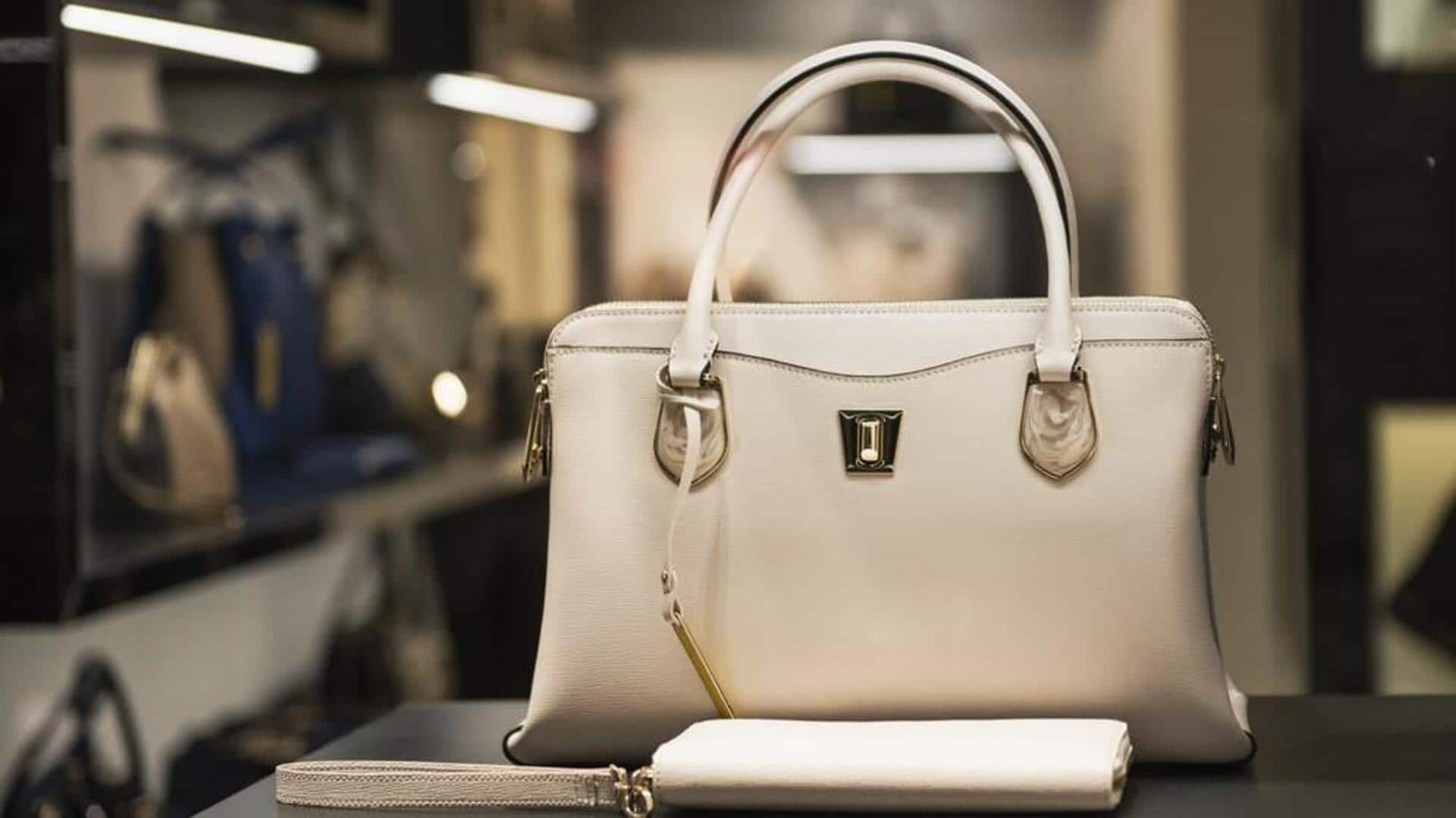
Why luxury handbags are rising in value faster than stocks
What's the story
Luxury handbags have been outpacing the stock market in value, recent reports have revealed.
These high-end designer bags have appreciated at an impressive annual rate over the decades.
Iconic bags like the Hermes Birkin have even outperformed the S&P 500, with a steady 14.2% annual increase in value from 1980 to 2015.
This trend is attributed to factors such as craftsmanship, limited supply and soaring demand, and cultural significance.
Quality
Craftsmanship and exclusivity drive handbag value
Luxury brands such as Hermes, Chanel, and Louis Vuitton spend a lot of time on each piece. The Birkin bag is hand-stitched by skilled artisans using top-tier materials, making it rare and exclusive.
This combination of craftsmanship and limited supply contributes to the rising prices of these handbags.
The resale market also plays a big role in this trend, with luxury handbags being the best-performing luxury asset in 2024, according to Knight Frank Luxury Investment Index.
Market trends
Resale market and cultural significance boost handbag prices
The resale market for luxury handbags has witnessed prices increase by 2.8% in 2024.
Top-tier bags have retention rates close to 90%, with some even fetching premiums far above their original price.
These bags aren't just fashion items, but status symbols too. The cultural significance of owning a Birkin or a Chanel Flap has prompted brands to hike retail prices, further inflating resale values.
Investment debate
Are luxury handbags true investments?
Experts are divided on whether luxury handbags are real investments.
Only select models, such as the Birkin or rare Chanel editions, appreciate in value consistently.
Unlike stocks, these bags don't pay dividends, and their condition greatly affects their value.
A pristine bag may double in worth, while a worn one may not retain its value as well.
This complexity adds another layer to the luxury handbags investment debate.